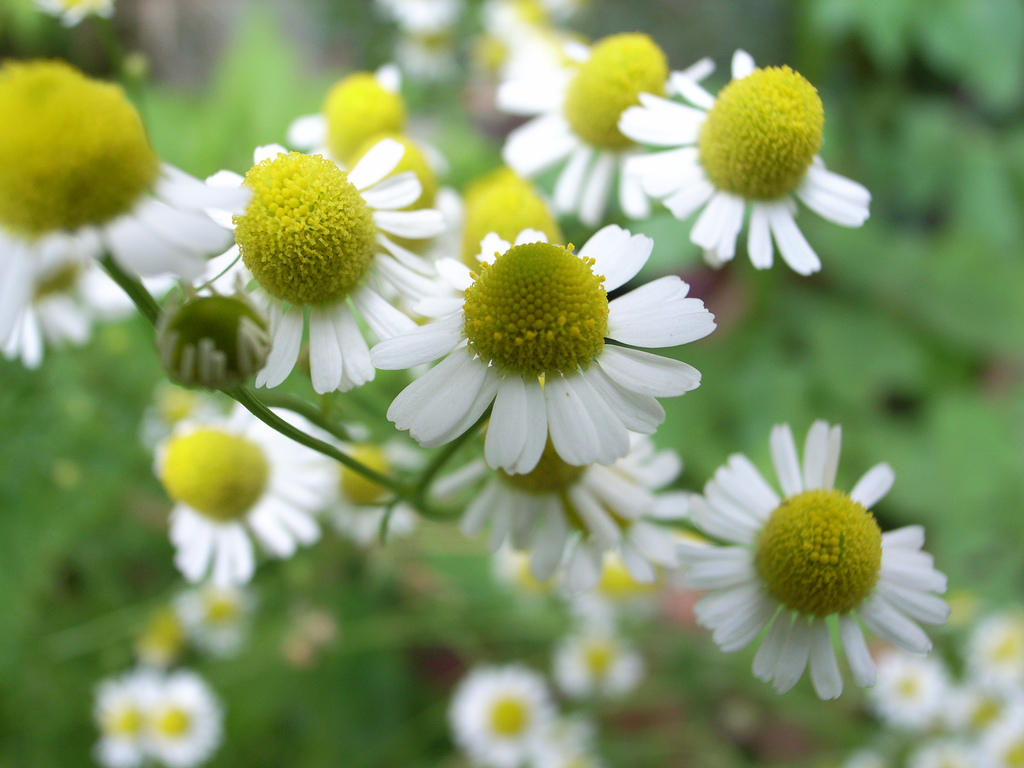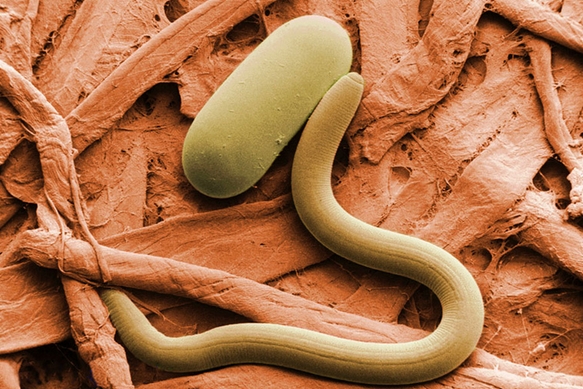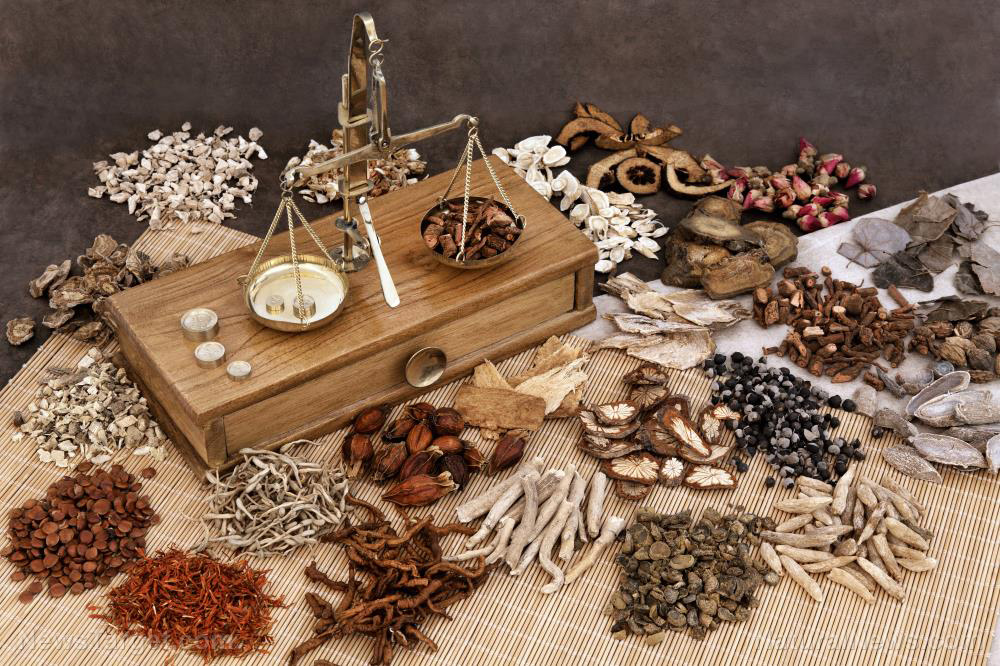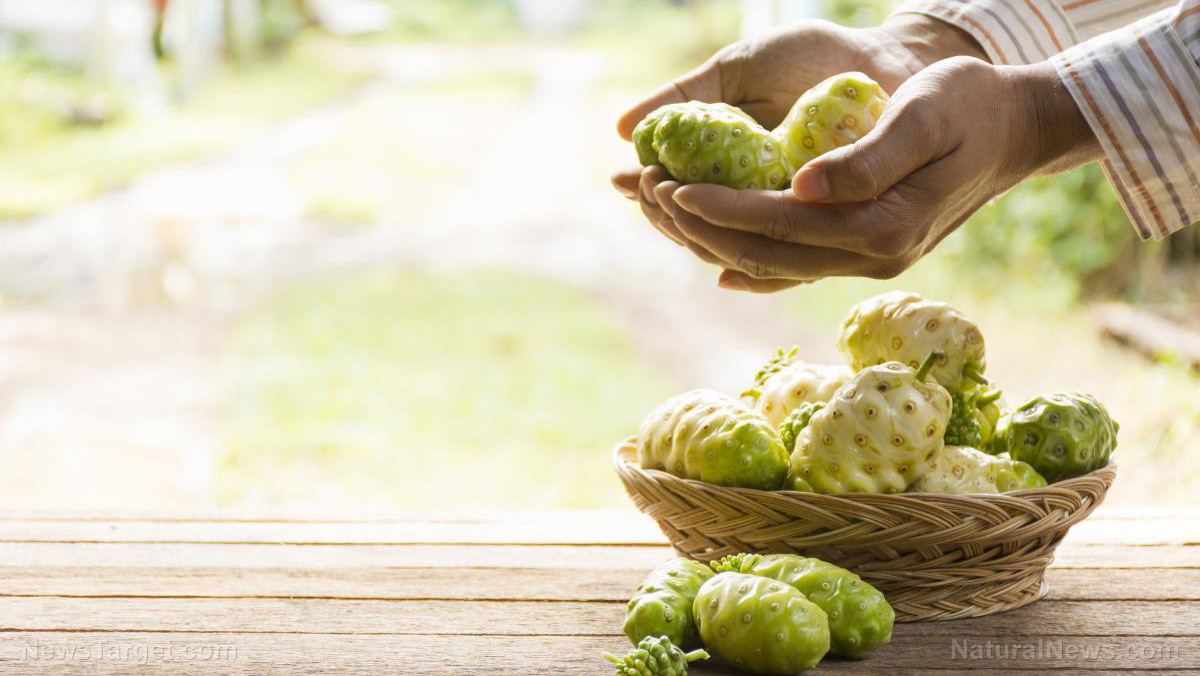A small annual herb found in India shows promise in gout treatment
10/11/2018 / By RJ Jhonson

Did you know that gout was so painful, Europeans used to depict it as a demon? Its real nature is, of course, less sinister but is in no way less worrisome. A study published in the journal BMC Complementary and Alternative Medicine looked at the five-leaved carpetweed (Mollugo pentaphylla) and how its extract (MPE) could be used to keep the Gout Demon at bay.
In reality, gout is hardly supernatural. It is a form of inflammatory arthritis that occurs when crystals form in one’s joints. The result is severe pain accompanied by tenderness, swelling, warmth, and redness in the inflamed area.
Although the joint in the big toe is most often affected, those in the fingers, knees, and elbows may also develop gout. The condition is more common among men, although the risk for gout in women increases after menopause.
Unlike more conventional types of arthritis, gout is indicative of problems with the kidney. The crystals that cause its characteristic pain are made from monosodium urate (MSU) or uric acid, which is a byproduct of the breakdown of chemical compounds called purines. Uric acid is normally dissolved in the blood, but excessive levels may cause some of it to remain in the body and form into needle-like crystals in the joints.
Needless to say, the presence of gout indicates problems with the kidneys. Indeed, sufferers are at a higher risk of forming kidney stones, particularly when the extra uric acid hardens inside the kidneys instead. Having gout once also means an increased risk of having another episode.
Gout can also be caused by other health problems, such as diabetes, hypertension, and thyroid problems.
Five-leaved carpetweed as a treatment for gout
In their study, the researchers injected an MSU crystal suspension at a dosage of 4 milligrams (mg) per 50 microliters (uL) into the right front paw of laboratory mice. One hour before this, the animals were administered two different doses of MPE (150 mg/kg or 300 mg/kg) or the positive control drug.
The researchers then evaluated the expression of inflammatory cytokine and the expression of genes related to paw inflammation. They also took note of the animals’ pain using a weight-bearing test.
They discovered that MPE inhibited the production of inflammatory chemicals, which resulted in reduced inflammation and pain. They concluded that MPE’s anti-inflammatory activities could make it an effective therapeutic agent against gouty arthritis.
Which foods to eat and which ones to avoid
Purines are abundant in certain foods, so your diet plays an important role in preventing the onset of gout, as well as the conditions that are linked to it. (Related: Beat gout naturally.)
- Alcoholic beverages – All types of alcoholic drinks are considered rich in purine. Instead, you can drink water as it helps the kidneys remove uric acid more efficiently. This is particularly true if your exercise a lot.
- Organ meats – If you like eating liver and other organ meats, you could be increasing your risk of gout. If you need an excellent source of protein, try eggs instead.
- Fish – Eating fish is good for the body, but as with anything, too much can cause problems. Instead, eat in moderation or pick the kind of fish you consume. Fresh salmon is notably lower in purine content than other types of fish.
- Refined carbs – White bread, cakes, and cookies worsen your risk for diabetes and contain nutrients that may raise your uric acid levels. If you need to snack on something, try nuts and salads rich in greens instead.
- Sugary foods – If you have gout, you need to limit your sugar intake. This means staying away from sweeteners like honey, agave nectar, and high-fructose corn syrup. To sweeten your day, try fruits and berries instead.
Find other remedies for gout at Remedies.news.
Sources include:
Tagged Under: alternative medicine, five-leaved carpetweed, gout, herbal medicine, kidney health, kidney stones, kidneys, Mollugo pentaphylla, natural cures, natural medicine




















